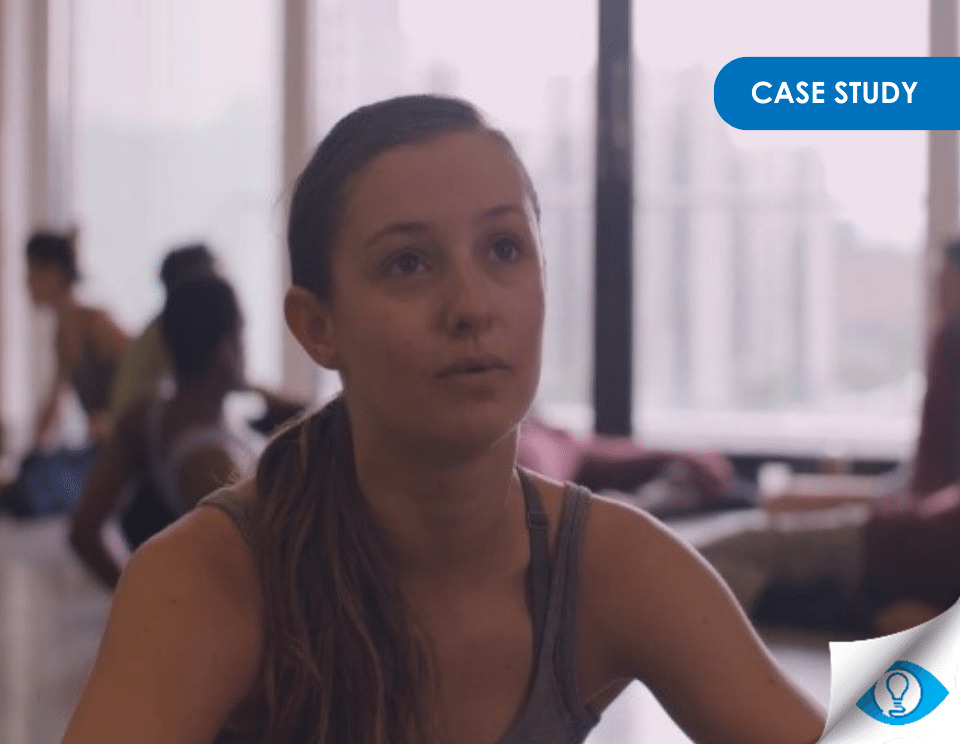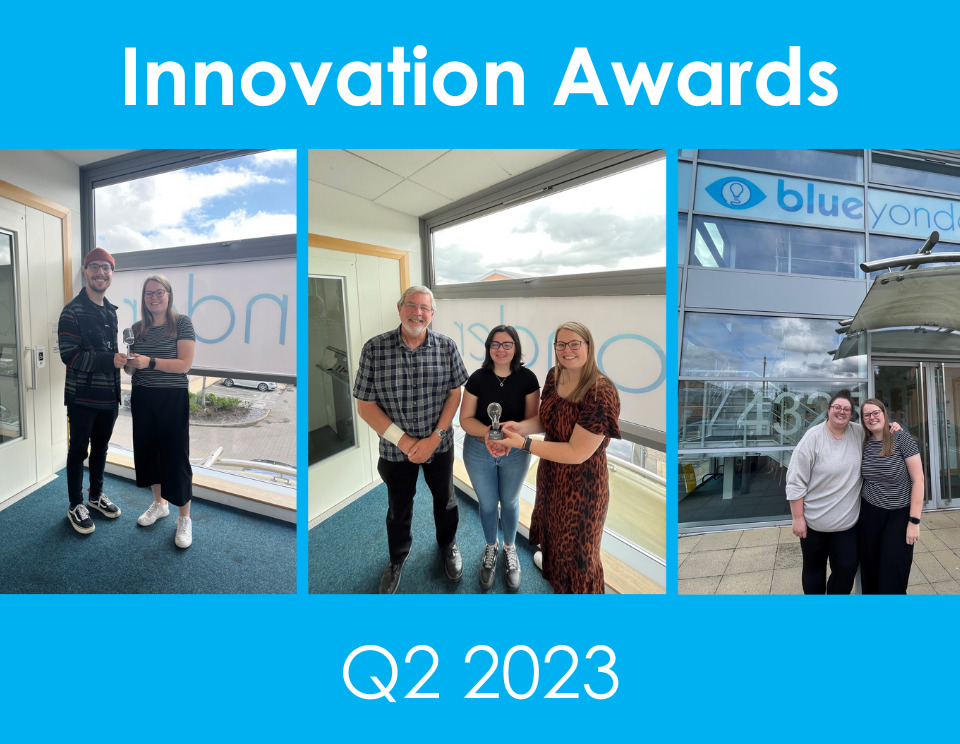Agility has become an R&D and sensory science buzzword.
Yet, what does “agile” really mean in this context? For many, it conjures images of speed and efficiency. However, true agility, especially in R&D, extends beyond mere swiftness – it encompasses flexibility and the ability to pivot when things go awry.
There is no single “silver bullet” for achieving agility in R&D. Instead, it involves understanding the unique context of each project and deploying a tailored toolkit to navigate challenges effectively.
Here are twelve factors that could get in the way of achieving agility in R&D and sensory science – together these are the challenges that need to be addressed.
1. Lack of contextual understanding
Agility isn’t one-size-fits-all. Different companies face unique challenges, and failure to adapt agile practices to specific contexts can hinder success.
2. Failure to engage stakeholders
Losing support from key stakeholders can impede agility. It’s crucial to align stakeholders with project goals early and maintain their engagement throughout.
3. Inflexible testing methods
Relying on traditional testing methods, such as the “liking scale,” can be limiting. Without using more dynamic tools like “Clickscape®” or embracing a “fail fast” mindset, teams may struggle to adapt in real-time.
4. Over-reliance on tools without addressing challenges
While tools like AI can enhance agility, improperly implemented technology or concerns over data privacy and client IP can become obstacles, limiting their effectiveness.
5. Poor logistics and coordination
Even with agile processes in place, delays in product delivery, customs issues, or mismanagement of logistics can derail projects, reducing the speed and flexibility needed.
6. Lack of discipline
Agility requires discipline, especially in maintaining data consistency and focus on core objectives. A lack of structure can lead to chaos rather than productive flexibility.
7. Unbalanced focus on speed over flexibility
Prioritising speed alone without allowing for flexibility to pivot when needed can cause problems, especially when projects encounter unforeseen issues like formulation failures.
8. Resistance to change
Teams that are set in their ways or reluctant to adopt new methods and tools can block agility. Embracing a culture of continuous learning and adaptation is crucial for agile success.
9. Inadequate communication
Poor communication between teams, departments, or external partners can slow down decision-making, preventing the fast, flexible responses that agile methods require.
10. Overcomplication of processes
Over-engineering or adding unnecessary complexity to workflows can stifle the speed and flexibility agile aims to bring. Simplifying processes is often key to maintaining agility.
11. Limited consumer feedback
Without continuously integrating consumer feedback through tools like sprint cycles, teams may miss opportunities to pivot or improve, losing the agility to respond to evolving needs.
12. Inconsistent leadership support
Even if the project team is onboard with agile practices, inconsistent or insufficient support from leadership can undermine efforts by not providing the necessary resources or direction.
Together, these factors demonstrate that achieving agility requires a holistic approach. This involves not just adopting agile methods and tools, but also cultural, logistical, and organisational support that fully supports flexibility, speed, and adaptability.
In summary, achieving agility in R&D is not about finding a one-size-fits-all solution. It’s about understanding the unique context of each project, deploying the right tools, engaging stakeholders effectively, leveraging technology wisely, and maintaining disciplined focus. This multifaceted approach enables R&D teams to navigate the complexities of product development with speed and flexibility.
If we start by fully understanding the context, agency and client teams can partner to find the right tools for the job and bring agility throughout the R&D process, delivering insights that drive innovation and success in the market.
If you would like to learn more, please consider signing up to our upcoming webinar ‘Creating Agility in Product and Sensory Research’, or contact [email protected] to talk through your research needs.




Stay In Touch